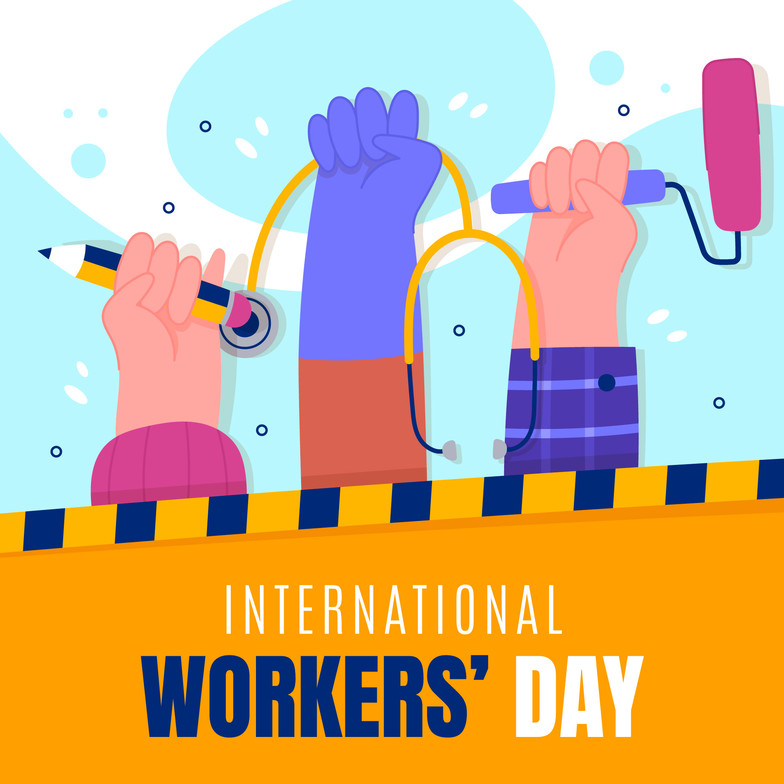
Each year on April 28, the world pauses to recognize World Day for Safety and Health at Work—a day to reflect on the importance of preventing occupational accidents and diseases. While physical safety is often the focus, psychological safety and mental health are just as crucial to a safe, thriving workplace.
Beyond Hard Hats and Ergonomics: The Invisible Risks
When we think of workplace safety, we might picture safety goggles, emergency exits, or accident prevention plans. These are vital—but so is recognizing the invisible injuries employees may carry: chronic stress, burnout, anxiety, or even trauma experienced at work.
As a psychologist, I often hear stories of people stretched beyond their limits, navigating impossible workloads, enduring toxic cultures, or working in environments that don’t allow for mistakes, feedback, or vulnerability. These conditions might not break bones, but they can break down resilience.
Psychological safety—the belief that one can speak up, ask for help, admit mistakes, and be authentic without fear of punishment—is a non-negotiable ingredient for mental health at work. It's also deeply tied to physical safety. Stressed, fearful employees are more likely to make mistakes, take unsafe shortcuts, or disengage entirely.
The Cost of Ignoring Mental Health
Workplace mental health challenges don’t stay in the workplace. They ripple outward, affecting sleep, relationships, physical health, and self-worth. Over time, a psychologically unsafe environment can lead to increased absenteeism, high turnover, and even serious mental health conditions.
Research continues to highlight the toll of chronic workplace stress, with burnout now recognized by the World Health Organization as an occupational phenomenon. This means it's not just an individual problem—it's a systemic one.
What a Psychologically Safe Workplace Looks Like
A safe and healthy workplace isn’t just about what’s avoided—it’s about what’s fostered. Here’s what I encourage organizations to prioritize:
-
Open communication: Employees should feel heard, not dismissed.
-
Work-life balance: Respect for boundaries protects long-term productivity and well-being.
-
Support systems: Access to EAPs, counselling, or mental health days should be the norm, not the exception.
-
Training for leaders: Managers need the tools to recognize distress, respond compassionately, and lead by example.
-
Inclusivity and belonging: When people feel like they matter, they thrive.
A Call to Reflect
World Day for Safety and Health at Work is not just a day for HR departments or safety officers—it's a call to all of us. Whether you're a leader, a colleague, or someone quietly struggling to keep it all together, your psychological well-being matters.
If you're feeling the weight of your workplace, you’re not alone. And if you're in a position to shape culture, even in small ways—know that compassion, flexibility, and genuine human connection go a long way in building safer environments for all.
Because safety isn’t just about avoiding harm—it’s about creating space where people can truly flourish.
.JPEG)
.JPEG)





